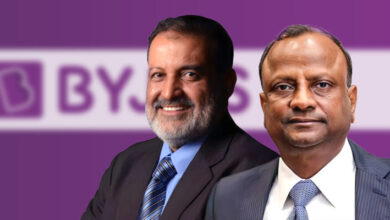Adani Power ties up with IHI, Kowa of Japan for new environmentally sustainable power generation in 2022
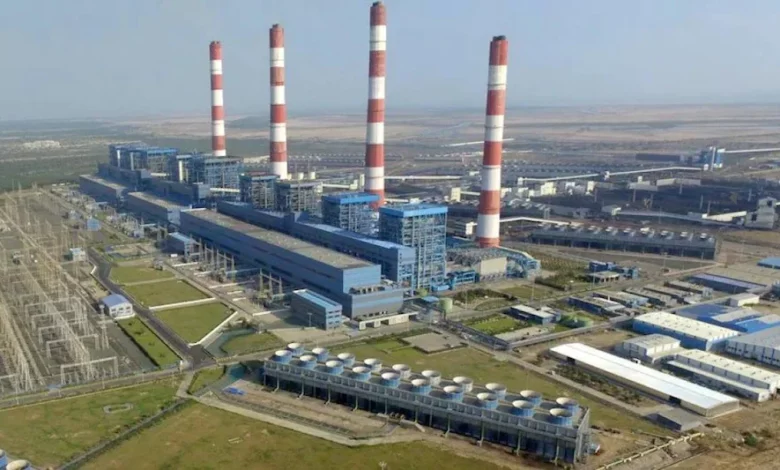
Adani Power ties up with IHI, Kowa of Japan for environmentally sustainable power generation
The billionaire Gautam Adani-led company Adani Power Limited (APL) announced on March 22 that it had reached an agreement with two Japanese companies, IHI Corporation and Kowa Company Ltd. (Kowa), to work on ecologically sustainable power generation.
The firms will investigate the viability of ammonia co-fired units to enable Adani Power’s coal-fired facilities to decarbonise. At the Adani Power Mundra Coal-Fired Power Plant, the company hopes to accomplish a 20 per cent liquid ammonia modification objective in co-firing, to increase this to a ratio of up to 100 per cent mono-firing.
“APL aspires to lead India’s initiatives in reaching greenhouse gas reduction targets by assessing the prospect of using green hydrogen-derived ammonia as a fuel in thermal power generation,” the firm stated in a statement.
Kowa assisted Adani Power by undertaking a global survey of hydrogen and ammonia-related power generation technologies. IHI Corporation has successfully demonstrated its co-firing ammonia technology at a large-scale commercial coal-fired power station in Japan and responded to several ammonia co-firing queries from throughout the world.
According to Adani Power, these studies help India achieve carbon neutrality in line with the “India-Japan Clean Energy Partnership (CEP),” which was established by the Indian and Japanese governments on March 19, 2022, and intends to enhance energy cooperation between the two countries.
The first phase of the National Hydrogen Mission strategy on green hydrogen and green ammonia, aimed at increasing production, was announced last month by the ministry of power. Green hydrogen has the potential to pave the way for a global shift to sustainable energy and zero-emission economies. The hydrogen produced by the electrolysis of water when the entire process is powered by renewable energy is referred to as green hydrogen.
The policy’s second phase is currently being developed. Adani Group stated it hoped to become one of the world’s largest green hydrogen producers before the government launched the first phase of the National Hydrogen Mission, which may help India become the world’s cheapest hydrogen generator.
Over the next decade, the Adani Group plans to invest $20 billion in renewable energy generation to use that energy to produce green hydrogen.
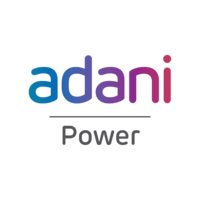
About Adani Power Limited (APL)
Adani Power Limited is a subsidiary of the Adani Group, an Indian corporation, with headquarters in Khodiyar, Ahmedabad, Gujarat. It is a privately owned thermal power plant with a capacity of 12,450 megawatts (MW). It also runs a 40-megawatt solar project in Naliya, Bitta, Kutch, Gujarat. It is India’s first supercritical technology synchronisation company.
In Jharkhand, Adani Godda Power is building a 1,600 MW power plant. With the governments of Gujarat, Maharashtra, Haryana, Rajasthan, Karnataka, and Punjab, the business has inked long-term power purchase agreements totalling 9,153 MW.
The company’s chairman is Gautam Adani. He received his education at Ahmedabad’s Sheth Chimanlal Nagindas Vidyalaya. He enrolled in college but dropped out to work for Mahindra Bros. in Mumbai as a diamond sorter. Adani formed his diamond brokerage firm after a few years. In 1988, he founded Adani Exports Limited, which is today known as Adani Enterprises Limited, the Adani Group’s parent business. He is the Adani Group’s chairman and founder.
Operations
Built by Adani
- Mundra Thermal Power Station: 4,620 megawatt (4330 megawatt + 5660 megawatt) coal-fired thermal power plant in Gujarat’s Kutch area. It operates the world’s first 400 kV double-circuit transmission system, which runs from Mundra to Dehgam (430 km).
- Kawai Thermal Power Station: 1,320 megawatt (2660 megawatt) coal-fired thermal power station in Rajasthan’s Baran district. This plant is up and running.
- Tiroda Thermal Power Station: 3,300 megawatt (5,660 megawatt) coal-fired thermal power station in Tirora, Maharashtra. It is the largest coal-fired thermal power plant in Maharashtra.
- In Bitta, Gujarat, the company generates 40 MW of solar power. This power plant was completed in 165 days in 2011.
- Taken over by AdaniUdupi Power Plant: is a coal-based thermal power plant with a capacity of 1,200 MW (2600 MW) located in Padubidri, Karnataka. Bo was purchased for 6,000 crores from Lanco Infratech in August 2014.
- Raikheda Thermal Power Station: On August 2, 2019, the company completed the purchase of GMR Chhattisgarh Energy Ltd. (GCEL), which owns and runs a power plant in Raipur’s Raikheda village. The transaction was completed at a total enterprise value of 3,530 crore. APL’s overall capacity has increased to 12,450 MW due to this development. As a result, APL has surpassed GE as the largest private sector thermal power generator.
- Avantha Korba West Power Station: The firm received NCLT authority to take over this project on September 7, 2019.
- Adani Green House’s stock has risen by 29% since the business announced the commissioning of a 75MW wind power plant.
- Odisha Power Generation Corporation has agreed to sell Adani Power Limited a 49 per cent stake in the company (OPGC)
Projects in the future
- As of January 2011, the company had 16,500 MW in the development and implementation stages. A 3,300 MW coal-fired TPP in Gujarat; a 2,640 MW TPP in Dahej, Gujarat; a 1,320 MW TPP in Chhindwara, Madhya Pradesh; a 2,500 MW TPP in Anugul, Orissa; a 2,000 MW TPP in Sambalpur, Orissa; and a 2,000 MW gas-fired TPP in Mundra, Gujarat are among the projects. The business is bidding on a 1,000 MW lignite coal-fired power station in Kosovo.
- Adani Power (Jharkhand) struck a long-term agreement with Bangladesh Power Development Board in November 2017 to deliver power from its future 1,600 MW Godda facility.
- The Adani Group is in talks with the Rural Electrification Corporation (REC Limited) and the Power Finance Corporation (PFC) to build a 1600 MW Godda Power Project in Jharkhand at the cost of over Rs 14,000 crores as of 2019.
Awards
The company has received numerous awards and accolades. At the 18th Regulators & Policymakers Retreat in 2017, it was selected the Most Innovative Young Power Professional by IPPAI (Independent Power Producers Association of India). In Singapore, CSR Works International, with the cooperation of the British Chamber of Commerce and the Canadian High Commission, awarded the firm the award for best sustainability reporting in Asia. Srishti Publications awarded it the Recognition for Best Environmental Management Practices in 2018.
About IHI Corporation and Kowa Company Ltd. (Kowa)

IHI Corporation
IHI Corporation, formerly known as Ishikawajima-Harima Heavy Industries Co., Ltd., is a Japanese engineering company headquartered in Tokyo, Japan, that manufactures and sells ships, space launch vehicles, aircraft engines, marine diesel engines, gas turbines, gas engines, railway systems, automobile turbochargers, plant engineering, industrial machinery, power station boilers and other facilities, suspension bridges, and other structures.
IHI is listed in Section 1 of the Tokyo Stock Exchange.
Businesses
- Energy and resources
- Energy systems
- Process plants
- Energy storage
Gas turbines
- LM2500
- LM6000
Aircraft engines
IHI develops, manufactures, and maintains aircraft engines, either through joint ventures with GE Aviation, Pratt & Whitney, and Rolls-Royce Holdings or on its own.
In-house development
- Ishikawajima Ne-20
- Ishikawajima-Harima J3
- Ishikawajima-Harima F3
- Ishikawajima-Harima XF5
- IHI Corporation F7, F7-10
- IHI Corporation XF9
Joint development
- IAE V2500
- General Electric GEnx
- General Electric GE90
- General Electric CF34
- Pratt & Whitney PW1100G-JM
Licensed production
- General Electric T700
- General Electric F110
- Parts manufacturing
- Rolls-Royce Trent
Space products
- S-type Sounding Rocket (S-210, S-310, S-520, SS-520)
- M-V Launch Vehicle
- GX Launch Vehicle (Partner in Galaxy Express Corporation)
- Epsilon Launch Vehicle
- SRB-A solid rocket booster for H-IIA/H-IIB Launch Vehicle
- BT-4 liquid-fuelled apogee motor (used in the Cygnus vehicle, which is launched on Atlas V and Antares rockets)
Ships
Shipbuilding was Ishikawajima’s first business in 1853, and it is still a part of the IHI Corporation’s operations, albeit diminished by many mergers with other Japanese shipbuilding firms.
Ishikawajima Heavy Industries Co., Ltd. combined with Harima Shipbuilding & Engineering Co., Ltd. to form Ishikawajima-Harima Heavy Industries Co., Ltd. in 1960. Marine United was founded in 1995 in collaboration with Sumitomo Heavy Industries, Ltd. IHI Marine United Inc. joined with Universal Shipbuilding Corporation, a steel firm owned by JFE Holdings, Inc., in 2013 to form Japan Marine United Corporation (‘JMU’), of which IHI retained a shareholder.
In March 2020, Japan Marine United (with 49 per cent of the shares) and Imabari Shipbuilding (with 51 per cent of the shares) agreed to form a joint venture called Nihon Shipyard (‘NSY’), which will handle all ship classes except LNG tankers. In January 2021, the agreement went into force. Imabari Shipbuilding purchased 30 per cent of JMU’s shares when Nihon Shipyard was founded, while IHI Corp and JFE Holdings each held 35 per cent of JMU’s stock.
Nihon Shipyard, formed by the amalgamation of these two Japanese enterprises, is now one of the world’s major marine engineering and shipbuilding companies, with IHI Corp. as a shareholder.

Kowa Company Ltd.
Kowa Corporation, Ltd. is a specialist trading and manufacturing company based in Japan. Nagoya, the capital of Japan’s Aichi prefecture, is where the company’s headquarters are located.
Kowa Company Ltd.
Kowa Company is the foundation of the Kowa Group. Kowa’s sister company, Kowabo Company, Ltd., and the consolidated subsidiary Kowa Pharmaceutical Company, Ltd., are among the group’s other enterprises. Hattori Kensaburo Shoten, the company’s precursor, was known for assisting industrialist Sakichi Toyoda in developing his mechanised loom.
The company is separated into two divisions: trading and manufacturing. Fibres, machinery, building materials, boats, mineral resources, chemical compounds, and ordinary products are traded in the trading firm section. In the meantime, the manufacturing section creates medicines, medical equipment, optical instruments, and energy-saving items.
Kowa medicinal medicines are marketed under the brand names Colgen Kowa and Cabagin Kowa. The company’s brand recognition rose as a result of countrywide television ads. NHK and many commercial TV and radio stations use Prominar-brand camera lenses, spotting scopes, and video equipment, which the firm makes and distributes.
Kowa owns a majority stake in both Bull-Dog Sauce Co. and Meito Sangyo Co., with whom it shares cross-ownership.
History
Predecessor company
1894: Fiber wholesaler Hattori Kensaburo Shoten is established in Nagoya
1912: Reorganised and established as a corporation, Hattori Shoten Co., Ltd.
1919: Added a spinning operation
1920: Founder Hattori Kensaburo kills himself at age 51 after facing bankruptcy
Current corporation
1939: Trading division separated and established as Kaneka Hattori Shoten Company, Ltd.
1943: Name changed to Kofu Sangyo Company, Ltd.
1945: Expanded beyond textiles
1960: Name changed to Kowa Company, Ltd.
Promotion
The mascot of Kowa is a frog known as Kero-chan. In 2020, Kowa bought the naming rights to the Vantelin Dome Nagoya, a baseball stadium in Nagoya named after one of its pharmaceutical medicines.
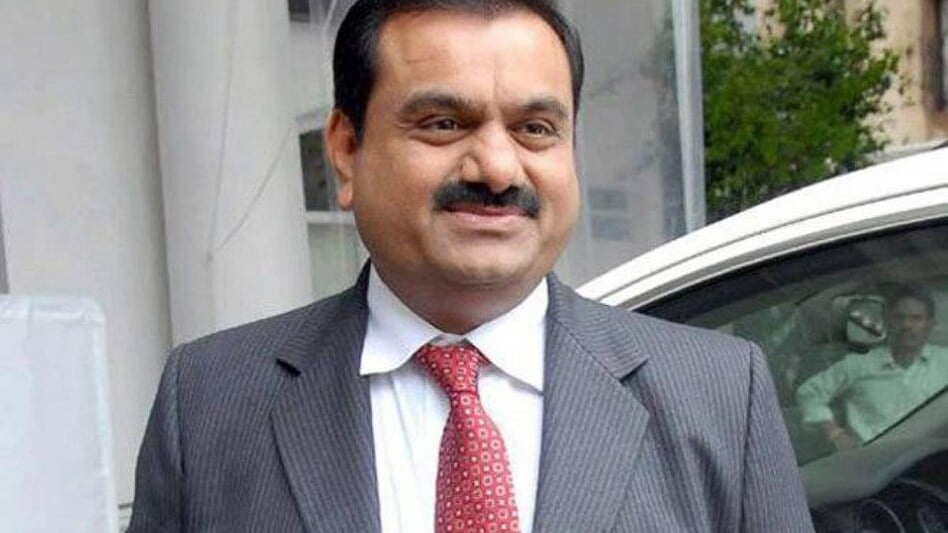
Adani Group will invest $70 billion to become the world’s largest renewable energy firm: Gautam Adani
Gautam Adani, a billionaire, announced on Thursday that his logistics-to-energy conglomerate would invest USD 70 billion over the next decade to become the world’s largest renewable energy firm and manufacture the world’s cheapest hydrogen. Adani Green Energy Ltd, the world’s largest solar power developer, plans to build 45 gigawatts of renewable energy capacity by 2030, investing USD 20 billion to build a 2 GW per year solar manufacturing capacity by 2022-23.
Adani Transmission Ltd, India’s largest private sector power transmission and retail distribution company, wants to boost renewable electricity acquisition from 3% to 30% by FY 2023 and 70% by FY 2030.
The founder-chairman of Adani Group, speaking at the Bloomberg India Economic Forum, said the company aims to make renewable energy a viable and inexpensive alternative to fossil fuels.
“We expect to be the world’s largest renewable energy firm without qualification by 2030, and we’ve set aside USD 70 billion over the next decade to achieve this goal. No other company has ever placed such a substantial stake on the development of its sustainability infrastructure, “he stated
Adani Group is already the largest solar power developer in the world.
“As a result, we believe that the combination of our renewable capacity and the amount of investment we have made places us as a global leader in the struggle to produce affordable green power and green hydrogen,” he added, without going into detail about the hydrogen plans. “From an Adani perspective, we are very well positioned to produce the world’s lowest-cost hydrogen, which is designed to be an energy source and a feedstock for numerous industries in which we hope to participate,” he said.
He called green hydrogen, created from renewable energy, a “wonder fuel” and “miracle feedstock,” claiming that India’s exponential rise in renewables and its ability to produce green hydrogen at a low cost may turn the country into a net exporter of green energy.
“Imagine an India that is no longer reliant on imported fossil fuels, that is no longer vulnerable to international market price changes, that is fuel independent,” he said.
Narendra Modi set 2070 as India’s target year for achieving net-zero carbon emissions during COP 26 in Glasgow.
India also announced a slew of other, more ambitious climate goals for 2030, including increasing renewable energy’s share in the country’s energy mix to 50%, increasing non-fossil energy installed capacity from 450 to 500 GW, and reducing the economy’s carbon intensity by 45 per cent, as opposed to the previous goal of 33-35 per cent.
“Before COP 26, the United Nations Conference on Climate Change in Glasgow, I stated that enterprises that act on the urgent need to reduce incremental global warming will have the best prospects over the next several decades. For firms willing to adapt, balancing growth while minimising emissions is an enormous worldwide opportunity, “According to Adani.
The world might benefit from Indian leadership in this race to avoid ecological disasters. He said that India’s track record in keeping its sustainability pledges is better than any other large country.
India vowed at COP 21 in Paris that by 2030, it will reduce its emissions intensity as a percentage of GDP by 33-35 per cent and grow its non-fossil power capacity to 40%. He stated, “We have beaten both benchmarks, the latter nine years ahead of schedule.”
The new targets, according to Adani, would not be easy to achieve.
“Every political and business leader will be forced to make decisions that will require them to change existing legislation and business structures. “This storm will cause the collapse of many massive multinational businesses, only to be replaced by new multi-trillion-dollar companies arising from the intersection of sustainability and digital technologies,” he said, referring to the disruptions in the digital space that have engulfed every field.
In other words, the future of infrastructure to enable a greener society would necessitate both sustainability and digital innovation at the centre of both design and implementation, according to Adani.
Adani stated that his company had spent the last few years focusing on making all of its operations green, including electricity, ports and logistics, airports and transportation, and data centres.
He claims that by 2025, an individual in the industrialised world would have one encounter with a data centre every 20 seconds, citing the need to reinvent data centre architecture as 5G connectivity increases enterprise networks and transfers data processing to the edge.
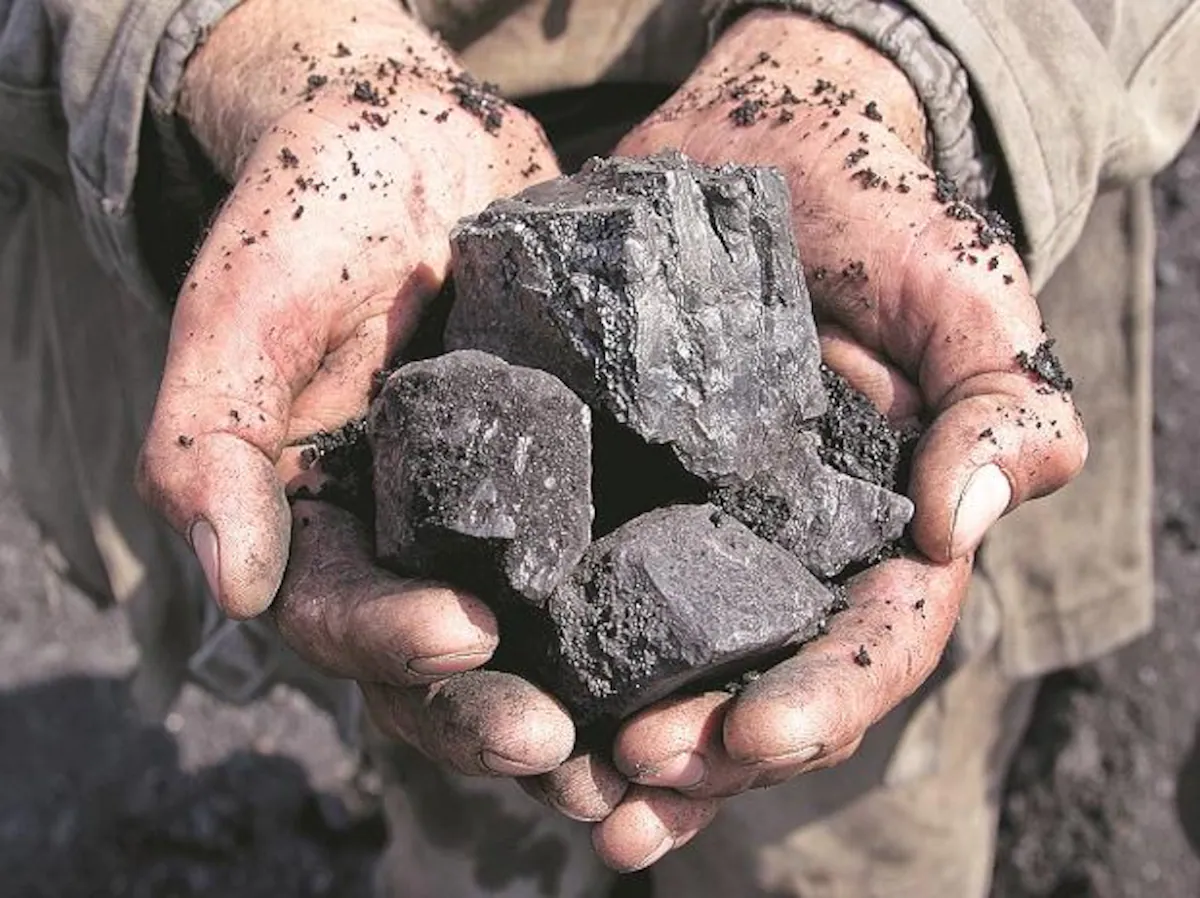
Billionaire Gautam Adani plans to turn his business carbon negative
Gautam Adani, an Indian billionaire, intends to turn his ports-to-power business carbon zero by 2030, helping India meet its climate obligations by nearly doubling its renewable power capacity.
To meet the group’s environmental, sustainability, and governance, or ESG, goals, Adani Group wants to continue investing in clean energy technologies such as green hydrogen and renewables-powered data centres, said Adani, chairman of his namesake company, at the India Global Forum on Wednesday. “We’ll do it by carefully balancing our energy migration from carbon positive to carbon-neutral, and then to carbon negative,” says the author.
The remarks by Asia’s third-richest person follow rival tycoon Mukesh Ambani’s announcement last week of an ambitious clean energy effort worth 750 billion rupees ($10.1 billion) over three years, signalling a new shift for one of the world’s biggest fossil-fuel billionaires.
Adani Green Energy Ltd, the Adani Group’s most valuable company, is at the forefront of the Adani Group’s green effort. Adani Ports & Special Economic Zone Ltd, Adani Power Ltd., Adani Total Gas Ltd., and Adani Transmission Ltd. are all subsidiaries of the conglomerate’s flagship Adani Enterprises Ltd.
“Our stakeholders have reaped the benefits of this long-term investment strategy,” Adani stated. “The value of our renewables business has surged over 600 times since January 2020, making it one of the strongest stock market returns.”
While advocating for a sustainable energy transition, Adani stated that India must ensure that the transformation does not become unaffordable for its inhabitants.
“We must be careful that our environmental voice does not squash the ambitions of the thousands of people who do not have access to energy,” he said.
Coal contributes to roughly 70% of India’s electrical generation, albeit this percentage is decreasing as more clean energy enters the grid.
At Adani’s industrial zone in Mundra, Gujarat, the company plans to expand its solar cell and module manufacturing capacity to 4 gigawatts and develop a wind turbine manufacturing facility.
edited and published by nikita sharma



